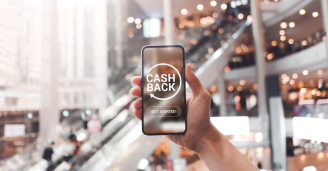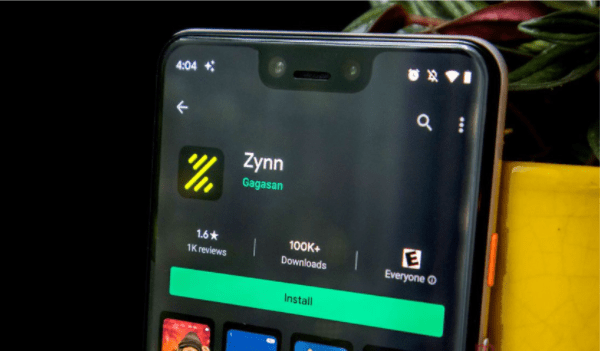Credit card bill: how does it work?
Understand how the credit card bill works, with payment methods, closing date and other information!
Anyone who uses credit options to make their purchases may have already heard about the credit card bill, right? Through it, you can check various information about your expenses. But if you have doubts about how the credit card bill, this content can help!

What is a credit card statement?
In principle, the credit card statement is a monthly document sent by the bank to card users. Currently, there are different formats available, such as digital or printed.
The main objective of the invoice is to inform and collect the amounts owed for using the card, helping to manage personal finances. Regardless of whether it is digital or printed, the invoice is a crucial tool for keeping track of expenses and planning payments efficiently.
What information is available on the card statement?
The document contains important information so you can control your expenses, especially monthly.
With these details, you can check your payment amount and other essential details. Check out the list below:
- Expense summary: list of all purchases and transactions made with the card, including dates and amounts;
- Total amount payable: sum of all expenses for the month;
- Minimum payment: minimum amount that must be paid to avoid problems with the bank;
- Due date: day on which payment must be made to avoid interest;
- Interest and charges: if there are installments on previous invoices or minimum payments made, the applicable interest and charges will be described.
How does a credit card bill work?
As mentioned, this document details each transaction, including purchases, withdrawals and other operations, informing the total amount to be paid, the due date and the minimum payment required.
This is because, during the month, all purchases made with the card appear on the invoice, showing the value and the name of the establishment where the purchase was made.
Generally, when your invoice closes a few days before the due date, all purchase amounts are added together to generate the total amount to be paid.
Then, after you make the payment, the amount spent on this purchase returns to your card and is available to use however you wish.

What are the invoice payment options?
When you receive your credit card bill, you have several options to pay off your balance, depending on your needs.
This is because the bank seeks to make it easier for its users, whether for a total or minimum payment. Therefore, you have the following ways to pay your credit card bill:
- Payment of the total amount;
- Advance and one-off payment;
- Invoice installment;
- Minimum and partial payment;
- Total in installments.
It is important to check the options that your bank offers, as the forms may vary from one institution to another.
How does the invoice closing date work?
Simply put, the invoice closing date is the day on which the bank ends the credit card billing cycle, calculating all expenses incurred since the last closing date until that date.
So, any purchase or operation made after the closing date will be included in the next month's invoice.
For example, if your invoice closes on the 3rd, all purchases made from the 4th onwards will be included on the following month's invoice, even if the current invoice's due date is only on the 15th. This means that any purchase made between The 4th and 15th will not appear on the invoice due on the 15th, but will appear on the next invoice.
What happens if I pay the invoice after the due date?
If your credit card bill is paid late, interest and penalties will apply, increasing the amount you owe. Delay can also negatively impact your score, reducing your score.
In cases of prolonged delay, the card may be blocked, preventing new transactions, and you may lose benefits such as accumulated points or miles.





